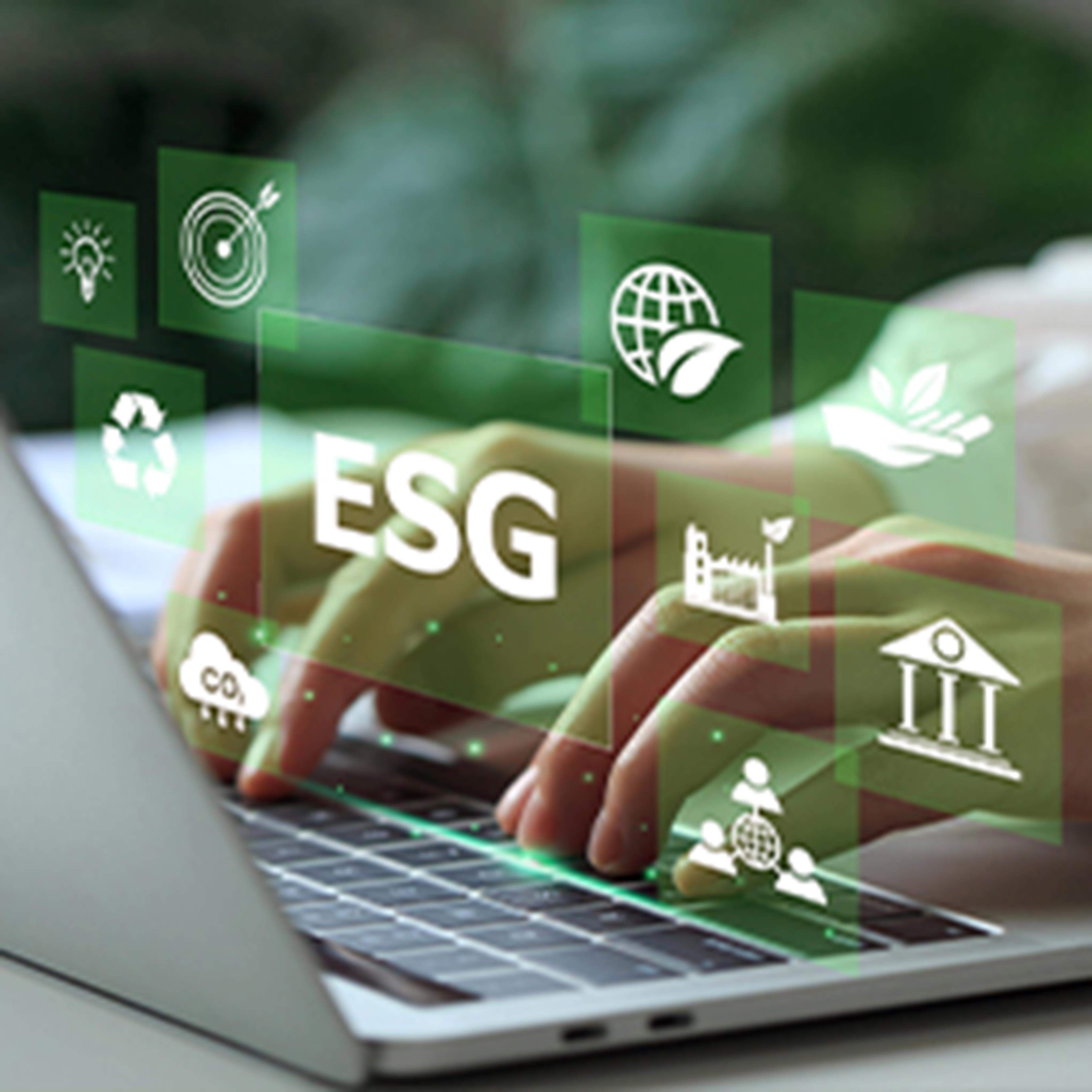How to Identify Material Sustainability-related Topics: Performing a Materiality Assessment
(November 2023)
A materiality assessment is a formalized process aimed at identifying and prioritizing sustainability topics that have the most impact on an organization and its stakeholders. A materiality assessment determines what information is material (relevant) for inclusion in sustainability reports.
A materiality assessment serves as the foundation upon which effective sustainability reporting is built, addressing issues that are aligned with stakeholder concerns with improved transparency.
This enhances the credibility and utility of the sustainability report, making it a more effective tool for stakeholder engagement.
Materiality can take on different forms in the context of sustainability, specifically in the form of either:
- Financial materiality, which is how sustainability-related risks and opportunities affect the financial position, financial performance and cash flows of the organization
- Impact materiality, which is how an organization’s activities and operations impact society and the environment
- Or both (referred to as “Double materiality”)
It is important to define the materiality focus of the sustainability information – is it based on financial materiality or impact materiality or both (double materiality). The materiality focus defines the objective of the sustainability information (i.e., which users the information is intended for).
1. Identify Stakeholders
The next step is to identify the relevant stakeholders (users) of sustainability information. The effectiveness of a sustainability report to meet the needs of the users hinges upon its relevance to the audience.
It is important to identify both internal and external stakeholders as their insights will provide valuable views and different perspectives regarding sustainability. For example, investors may be primarily interested in how sustainability impacts financial performance (financial materiality), whereas employees might focus more on workplace ethics (impact materiality).
With a clear focus on the materiality lens and the objective of the sustainability information, the relevant stakeholders (users) of the sustainability information can be identified and inventoried.
2. Sustainability topic identification
Once the materiality focus has been set and stakeholders identified, perform the following steps to identify material sustainability-related topics (e.g. climate change) for inclusion in sustainability reporting:
- Engage with identified stakeholders through interviews, surveys and focus groups to gather information about their expectations, needs and concerns regarding sustainability-related topics.
- Source relevant sustainability-related topics from industry standards such as Global Reporting Initiative (GRI) and Sustainability Accounting Standards Board (SASB) Standards and peer benchmarks.
3. Prioritize identified sustainability-related topics
Once all relevant sustainability-related topics have been identified, use a matrix or scoring system to rank the sustainability-related topics based on their significance to stakeholders and the business, considering both short- and long-term impacts, as well as financial and non-financial considerations.
The use of a matrix or scoring system will help you prioritize the most material sustainability-related topics to the business and the stakeholders in accordance with the materiality focus of your organization.
4. Validation
Engage stakeholders in a review process to validate the prioritized sustainability-related topics and take reasonable steps to resolve any inconsistencies or disagreements.
Download the article PDF

